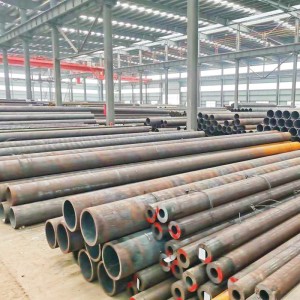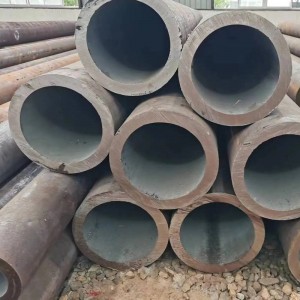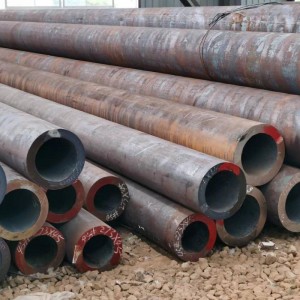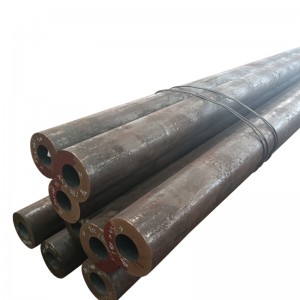Titanium Alloy Steel Plate
Short Description:
Titanium alloy steel plate is an alloy composed of titanium as the base and other elements added. Titanium has two types of homogenous and heterogeneous crystals: a densely packed hexagonal structure below 882 ℃ α Titanium, body centered cubic above 882 ℃ β Titanium.
Titanium alloy is an alloy composed of titanium as the base and other elements added. Titanium has two types of homogenous and heterogeneous crystals: a densely packed hexagonal structure below 882 ℃ α Titanium, body centered cubic above 882 ℃ β Titanium.
Alloy elements can be classified into three categories based on their influence on phase transition temperature:
① Stable α The elements that increase the phase transition temperature are α Stable elements include aluminum, carbon, oxygen, and nitrogen. Aluminum is the main alloying element of titanium alloy, which has a significant effect on improving the room temperature and high temperature strength of the alloy, reducing the specific gravity, and increasing the elastic modulus.
② Stable β The elements that lower the phase transition temperature are β Stable elements can be divided into two types: isomorphic and eutectoid. Products that use titanium alloy The former includes molybdenum, niobium, vanadium, etc; The latter includes chromium, manganese, copper, iron, silicon, etc.
③ Neutral elements such as zirconium and tin have little effect on the phase transition temperature.Oxygen, nitrogen, carbon, and hydrogen are the main impurities in titanium alloys. Oxygen and nitrogen in α There is a high solubility in the phase, which has a significant strengthening effect on titanium alloys, but it reduces plasticity. The oxygen and nitrogen content in titanium is usually specified to be below 0.15~0.2% and 0.04~0.05%, respectively. Hydrogen in α The solubility in the phase is very low, and excessive hydrogen dissolved in titanium alloys can produce hydrides, making the alloy brittle. The hydrogen content in titanium alloys is usually controlled below 0.015%. The dissolution of hydrogen in titanium is reversible and can be removed by vacuum annealing.













